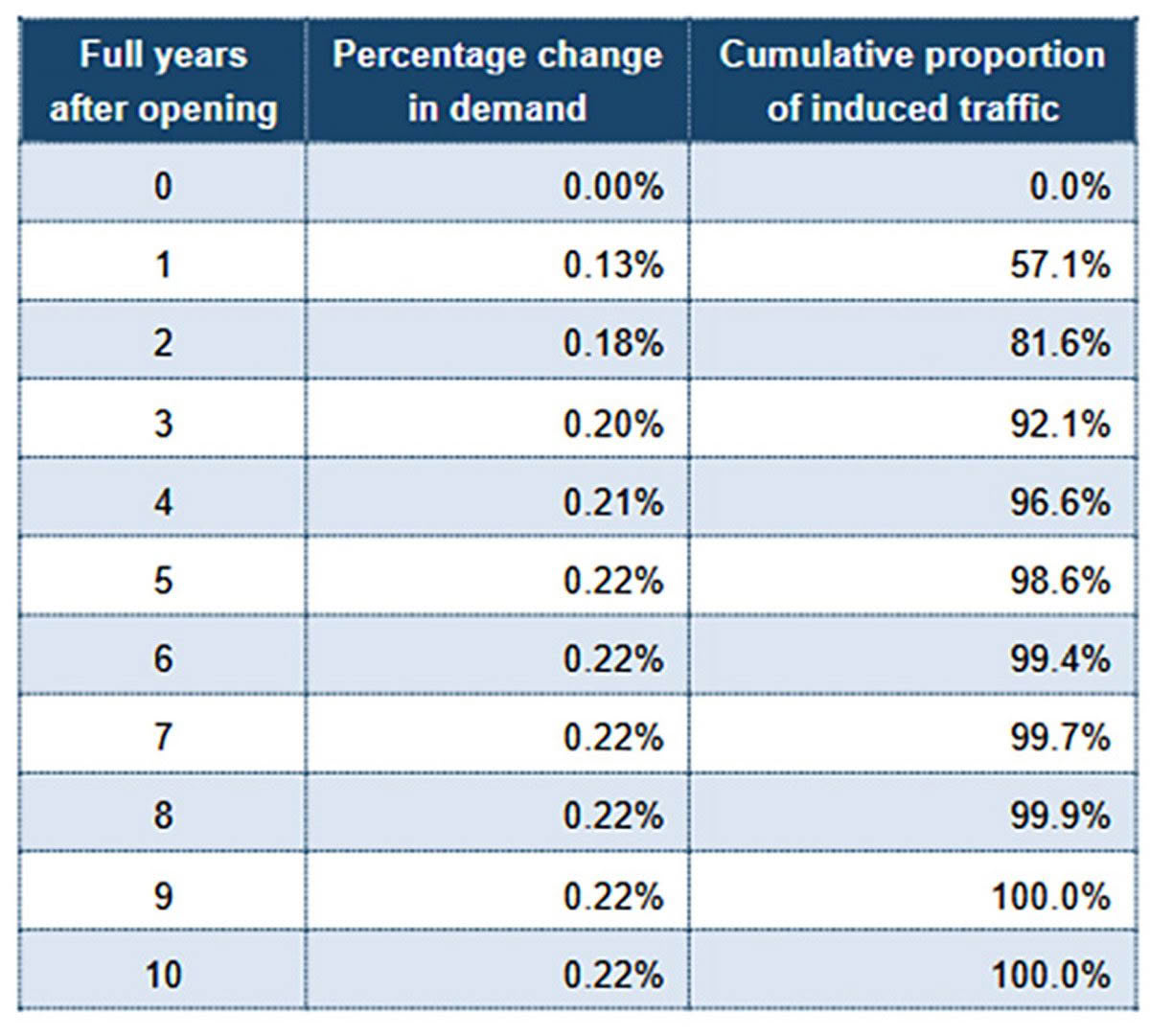Eyes wide shut or eyes wide open?

Let’s discuss the importance of wide boundary lenses in policy-making.
Drivers are constantly bombarded with visual information: road markings, distant mountains, brake lights, fast food signs, etc. It is, therefore, second nature to focus on driving- relevant details and filter out redundant stuff when on the road.
Filtering information is common elsewhere, too. “Externalities” are items accountants disregard in their accounts; engineers use “design figures” (floor load, 100-year storm, etc.) to define the limits of their calculations; salespeople sometimes hide behind “buyer beware”, leaving the purchaser to check the fine print.
And politicians can be frustratingly vague about exclusions from proposed policies. “Voter beware” doesn’t cut it at a policy level, and we might reasonably expect policy-makers to have their eyes wide open when sometimes they end up seeming badly blinkered.
Take agricultural methane. At 43% of our emissions, it’s a big deal for New Zealand. The present government bypassed its Climate Change Commission and appointed a “methane panel” to report on the science of methane reduction causing “no additional warming”.
Spot the “externality”? It excludes actually reducing warming.

But reducing warming ASAP is exactly what’s needed for a half- decent future. “No additional warming” narrows that to not making things worse. It’s like saying someone racing at 100km/h in a 50km/h zone is okay, provided they don’t go any faster.
In contrast, the authoritative, wide boundary 2024 State of the climate report: Perilous times on planet Earth (BioScience, December 2024) is clear: “Drastically cutting methane emissions can slow the near-term rate of global warming, helping to avoid tipping points and extreme climate impacts.” In fact, rapidly slashing methane emissions is one of our very best options to lower our warming impact quickly.
What about electric cars? Narrow boundary view: 1/10th of the operating emissions of fossil fuel cars. Great! Wider boundary: more emissions in making a battery car than fossil fuel. In New Zealand, it takes a couple of years before BEVs break even on emissions (then they win all the way). Even wider view: does it make any sense to replicate our congested, parking-nightmare, highway-hungry, private fossil-fuel commuting with BEVs doing the same?
And wider boundary still: an eyewatering study with an eyewatering name (Assessment of the Extra Capacity Required of Alternative Energy Electrical Power Systems to Completely Replace Fossil Fuels, at Researchgate) shows converting the global fleet to BEVs and powering them with renewable electricity is logistically implausible: “The whole EV battery solution may need to be re-thought and a new solution developed that is not so mineral-intensive.”
Which leaves us where?
With wicked problems that deserve far better than expedient, half-baked “solutions”.
In his podcast And then what? Using wide-boundary lenses (24 minutes at And+then+what?), commentator Nate Hagens widens the view on energy, EVs, growth, degrowth and more.
Then he expands wide-boundary thinking by adding “Yellow Teaming” to traditional “Blue” and “Red” Teaming.
Blue Teaming tries to ensure the success of a project, Red Teaming considers how the project could fail, while Yellow Teaming explores negative consequences if the project really succeeds (eg, extra urban arterial feeders usually increase congestion).
Unlike driving, which needs a narrow focus on road information, major policies demand wide-boundary lenses and risk falling seriously short when they aren’t used.
Read more
The sale is on!
0 Comments7 Minutes
We live in a curious world
0 Comments6 Minutes
40 fabulous years
0 Comments3 Minutes





